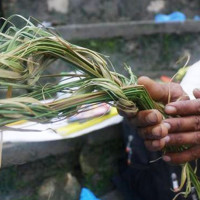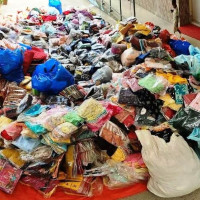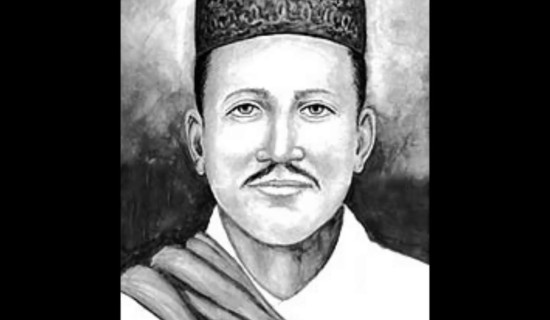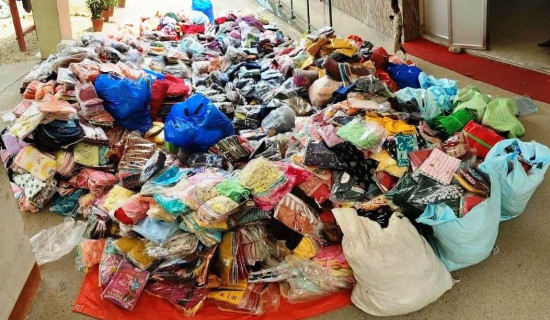- Saturday, 23 August 2025
Saptari farmers turn to borehole technology for irrigation
By Sudha Dev,Bhardaha, July 26: Farmers in Saptari have now widely resorted to boring to irrigate their fields. In the past, even densely farmed areas had just one or two installations.
These days, however, the majority of farmers have equipped their land plots with individual bore holes for irrigation.
Although farming in Saptari has traditionally relied on rainwater, the prolonged drought this year has forced farmers to borrow money to install borings for irrigation.
Many farmers expressed frustration, noting that despite investing in borings, they haven't seen much benefit this year.
Rita Devi Yadav from Rupani Rural Municipality-3 borrowed Rs. 100,000 to install a bore for irrigation, but the water table has fallen, rendering the bore unusable, and her investment has been wasted.
She worries about repaying the loan and wondering how she will feed her family when her fields remain fallow.
Similarly, Punita Yadav from Rajbiraj Municipality-11 reports that despite spending the same amount on a boring, she has seen no results.
She added, "After the installation of the bore, we expected to irrigate the land to plant crops, but receding groundwater has worsened the situation." Local farmer Than Singh Bansali stated that even during the paddy plantation season, rainwater remains the only available resource.
He warned that if the water shortage persists, the district might face food insecurity. Currently, approximately 60 per cent of irrigation relies on borings, with 20 per cent from rivers and 20 per cent from ponds.
Kishundev Raut, head of the Agricultural Knowledge Centre in Saptari, explained that due to sparse rainfall and declining underground water levels, irrigation is increasingly difficult as rivers and canals have dried up.
Most borings are around 70-80 feet deep, but water levels have fallen, reducing their effectiveness. He emphasised that water level monitoring and proper boring construction are essential for reliable irrigation.
In previous years, 95 per cent of the paddy fields were planted by Asar 10, but this year, only 35 per cent have been completed so far. While the central and southern parts of the district are doing relatively well, paddy fields in the northern areas are drying up due to water shortages.
















